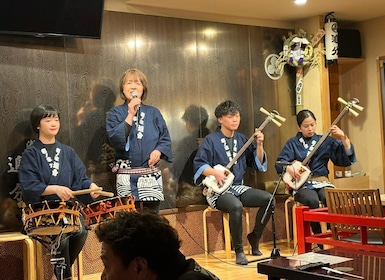Museum Rakyat Ota Borough



Kunjungi Museum Rakyat Ota Borough
Tur wisata satu hari
Lihat total 103 aktivitas
Tur Gunung Fuji dan Hakone 1 Hari Kembali dengan Kereta Peluru
Tur Pribadi & Khusus
Lihat total 17 aktivitas
Pengalaman Tokyo Drift 3.7 V6 Fast & Furious (Kaila Yu-SP)
Pertunjukan & Konser
Lihat total 14 aktivitas
Tokyo Pertunjukan Gulat Sumo (2 jam / Bahasa Inggris)
Belanja & Fesyen
Lihat total 8 aktivitas
Jepang Hari Karuizawa & Kawagoe Tur dengan Outlet atau Hoshino & Kuil
Kapal pesiar & tur kapal
Lihat total 8 aktivitas
Tur Bus Jalan-Jalan Sehari Penuh di Tokyo dengan Pesiar
Tempat populer untuk dikunjungi
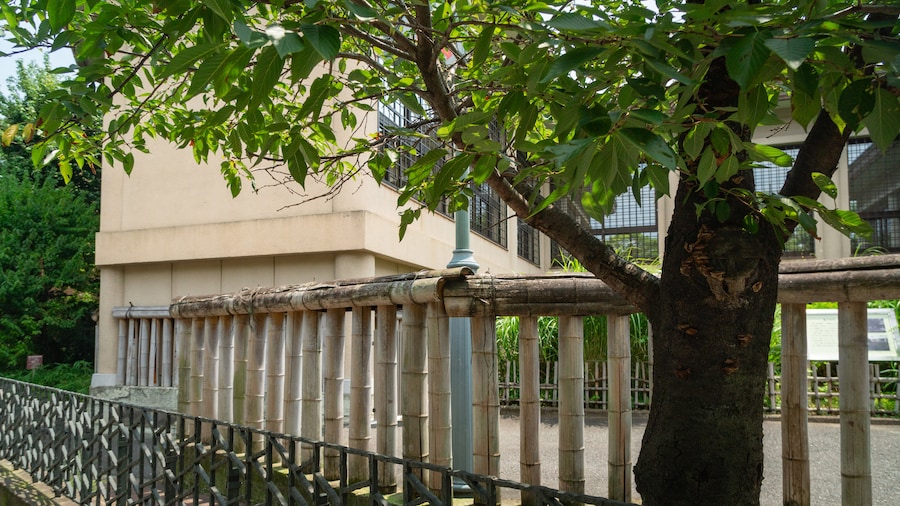
Ryushi Commemorative Museum of Art
Anda dapat meluangkan waktu sore hari menjelajahi pameran di Ryushi Commemorative Museum of Art selama perjalanan Anda ke Tokyo. Kunjungi monumen penting dan toko di area dinamis ini.

Kebun Pohon Plum Ikegami Baien
Kebun Pohon Plum Ikegami Baien adalah salah satu tempat untuk dikunjungi di Tokyo, maka kenapa tidak menikmati hal lain untuk dijelajahi selama perjalanan Anda? Jelajahi restoran pemenang penghargaan dan museum yang memukau di area dinamis ini.
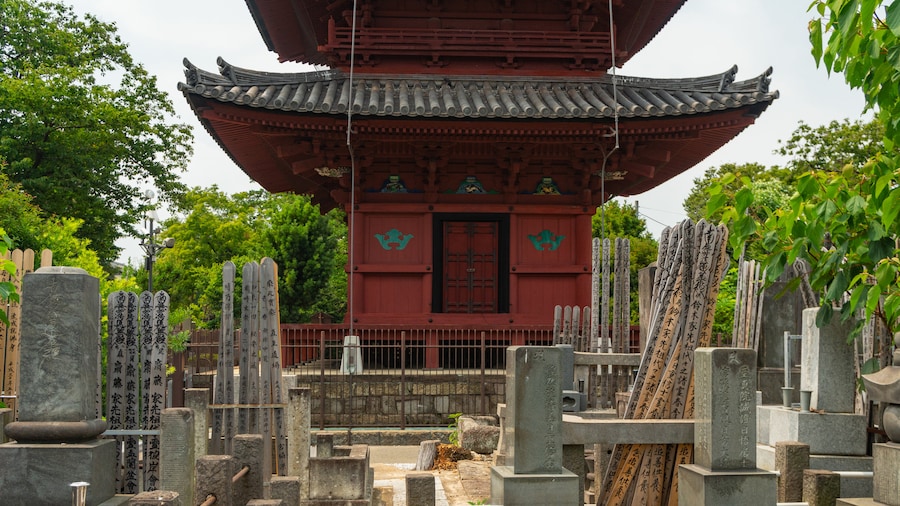
Kuil Ikegami Honmonji
Kuil Ikegami Honmonji adalah salah satu tempat untuk dikunjungi di Tokyo, maka kenapa tidak menikmati hal lain untuk dijelajahi selama perjalanan Anda? Jelajahi museum yang memukau dan monumen penting di area dinamis ini.
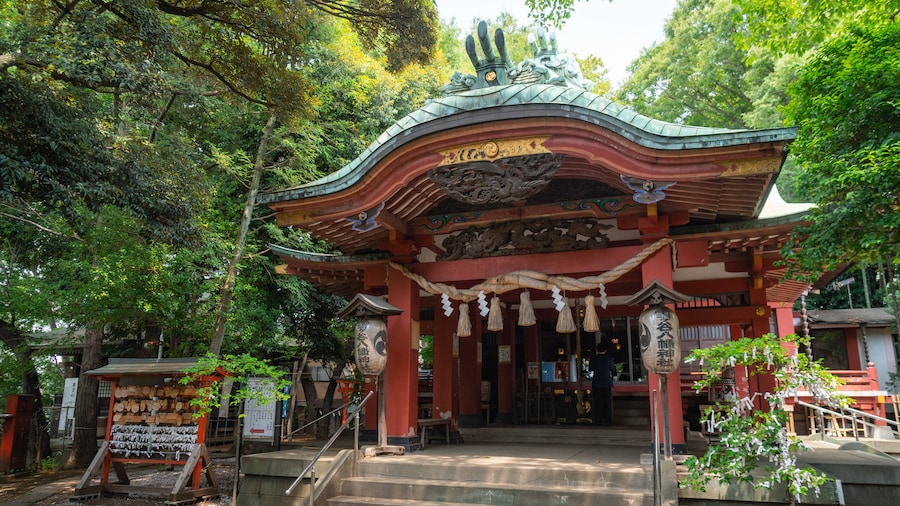
Kuil Yukigaya Hachiman
Pelajari sejarah setempat dari Tokyo dengan mampir ke Kuil Yukigaya Hachiman. Kunjungi monumen penting dan kuil di area dinamis ini.
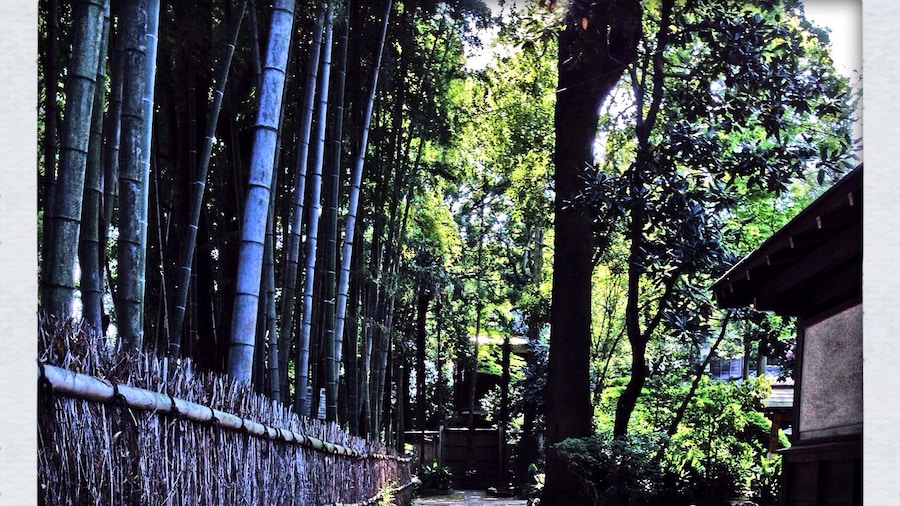
Taman Senzokuike
Taman Senzokuike adalah salah satu tempat untuk dikunjungi di Tokyo, maka kenapa tidak menikmati hal lain untuk dijelajahi selama perjalanan Anda? Jelajahi restoran pemenang penghargaan dan museum yang memukau di area dinamis ini.
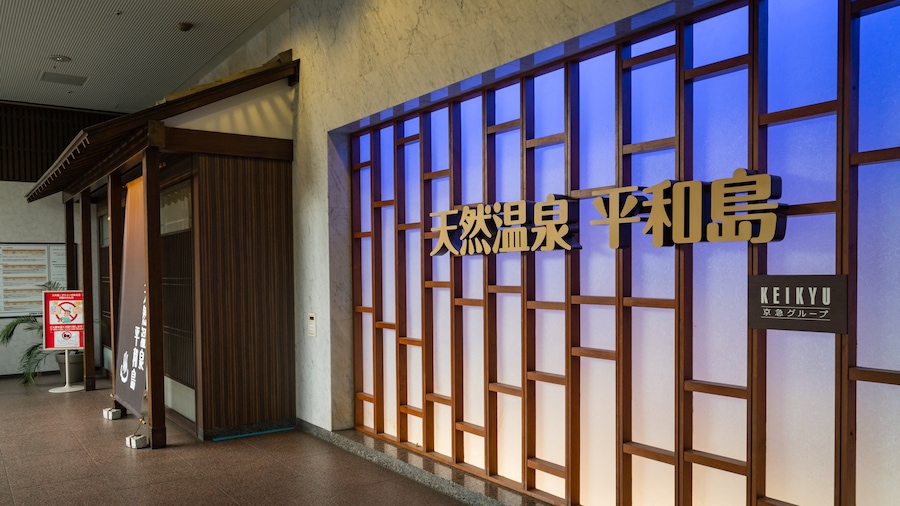
Pemandian Air Panas Heiwajima
Anda dapat meluangkan waktu untuk mengunjungi Pemandian Air Panas Heiwajima selama perjalanan Anda ke Tokyo. Jelajahi restoran pemenang penghargaan dan museum yang memukau di area dinamis ini.
Opsi Penginapan Terbaik Dekat Museum Rakyat Ota Borough
Cek ketersediaan hotel di dekat Museum Rakyat Ota Borough

Tmark City Hotel Tokyo Omori

Ours Inn Hankyu

Hotel Mystays Premier Omori

Hotel Villa Fontaine Grand Haneda Airport

Tokyu Stay Kamata - Tokyo Haneda

Shinagawa Prince Hotel

Hotel Oriental Express Tokyo Kamata

New Otani Inn Tokyo


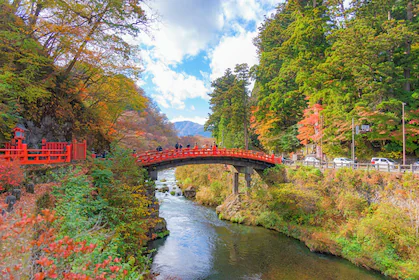




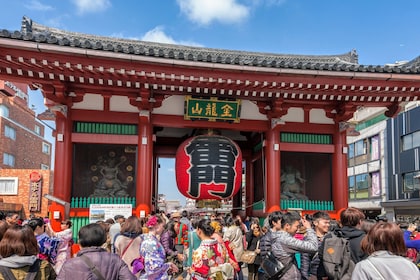





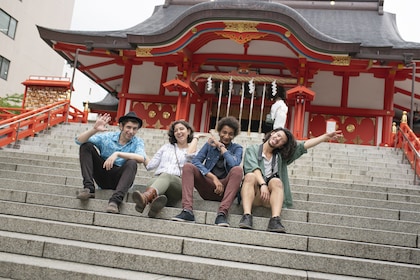














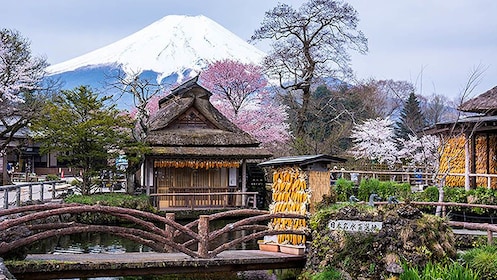





![Tur Bus Gunung Fuji dan Hakone 1 Hari [Pulang Pergi dengan Shinkansen]](https://mediaim.expedia.com/localexpert/49901648/2d634c50-9986-48b0-bfb2-56a6262ab3cb.jpg?impolicy=resizecrop&rw=500&rh=280)

